- Home
- Joyce Carol Oates
Soul at the White Heat Page 12
Soul at the White Heat Read online
Page 12
We note that Sammy recounts the story as an anecdote that occurs both in the present tense (“In walks . . .”) and the past tense (“The one that caught my eye first . . .”): why? Is this an error on the author’s part, or a shrewd decision? When we write/read/think in the present tense, we are literally not yet in possession of what comes next; like a horse with blinders, yoked in place, unable to turn our heads and look back, we can only look forward, and we are helpless to “analyze” what is happening, since such a perspective can only come retrospectively. The present tense is the very tense of things unfolding—it’s the present tense in which we actually live, though our wandering, questing, ruminating minds can take us very far even as we remain, in the eyes of an observer, in one place. Updike’s narrator is retelling this story of how his life was changed when he was sixteen or seventeen, in the Tarbox “A & P” one momentous day—he’s older now, and we might assume he is less impulsive. The reader is left to wonder: Did Sammy regret quitting his job in the A & P?
Ralph Ellison’s “Battle Royal” is also the most frequently anthologized story by this distinguished black American writer, most famous for his novel Invisible Man (1952); it is also recounted by a narrator looking back upon his boyhood—“It goes a long way back, some twenty years.” Both stories depict boys who make dramatic decisions that have affected their subsequent lives, and it’s suggested in “A & P” that Sammy will always be an outsider in his smug, provincial society. But the (unnamed) narrator of the harrowing “Battle Royal” is truly an outsider in the white racist society in which he must live, and his horrific experience is virtually the antithesis of the quite mild, unthreatening experience of the (white) boy Sammy. (Indeed, we don’t think of Sammy as “white” when we read “A & P”—we take for granted that he is of the majority race, which happens to be “white” in the United States. Only when we contrast Sammy with Ellison’s teenaged boy do we realize the profound abyss between them.)
In 1948, when this story was first published, American blacks were called “Negroes”—this was the polite, proper designation, in vernacular speech often diminished and degraded to the racist slur with which, daringly, Ellison ends his story: “Keep This Nigger-Boy Running.” At the outset, Ellison’s narrator is shocked by his seemingly meek grandfather’s instructions to him on his deathbed: “I never told you, our life is a war. . . . Live with your head in the lion’s mouth. I want you to overcome ’em with yeses, undermine ’em with grins, agree ’em to death and destruction, let ’em swoller you till they vomit or burst wide open.” (By “’em” the grandfather means, of course, “white folks.”)
Where “A & P” is a sweetly melancholy/comic story, “Battle Royal” is a horror tale all the more horrible for being historically “real.” (Though once, when I taught this famous story in a Princeton writing workshop, an undergraduate said, “This never happened. Nothing like this ever happened.” The student was not of the white racial majority, and the rest of us simply sat stunned, in silence. How to reply? We said nothing—we did not defend Ralph Ellison’s authority. My feeling was that Ellison’s brave story was the only valid reply—the witnessing of truth by one who has experienced it, not one who is only summarizing it.)
Both “A & P” and “Battle Royal” are dramatic, and riveting. Both focus upon turning points in teenaged boys’ lives. Both are beautifully written, though Ellison’s is the richer in its background exposition, as it is the more profound in its indictment of the very complacency of the white society to which, we can assume, Updike’s Lengel belongs. The experience of racist harassment and cruelty could not be more succinctly focused than in “Battle Royal” in which black boys are forced to fight one another for the amusement of ignorant but powerful white men in a segregated city (very likely Oklahoma City, where Ellison grew up in the early years of the twentieth century) in which a Negro high school valedictorian is instructed by a racist to “keep developing as you are and some day [this prize briefcase] will be filled with important papers that will help shape the destiny of your people.”
It is a delicious irony. But it is a painful irony. For who among the simpering white racists could have foreseen that indeed, the “important papers” of Ralph Ellison would one day be published as Invisible Man, among the greatest of American novels of the twentieth century?
A VISIT WITH DORIS LESSING
It is a bright, fresh, cold day in London, one of those excellent winter days that seem to promise spring. But it is already spring here, by the calendar, the spring of 1972, not winter, and one’s expectations are slightly thrown off—everything has been blooming here for months, and now trees are in full leaf, the sun is a very powerful presence in the sky, but still it is strangely cold, as if time were in a permanent suspension. Walking along Shoot-Up Hill in Kilburn, London, I am aware of people’s steamy breaths—in mid-May!—and as always I am a little disconcerted by the busyness of main thoroughfares, the continual stream of taxis and shiny red double-decker buses and private automobiles, and the quiet that attends this commotion. It seems so unexpected, the absence of horns, the absence of noise. Americans in London are disoriented by the paradox of such enormous numbers of people crowded into small areas without obvious intrusions upon one another, or even obvious visual displays of their crowdedness. It is usually the case that a one-minute walk off a busy road will bring one to absolute quiet—the pastoral improbability of Green Park, which is exactly like the country and even smells like the country, a few seconds stroll from Piccadilly on one side and the Mall on the other—and Doris Lessing’s home, only a few hundred yards from Kilburn High Road, incredibly quiet and private, as remote a setting as any home deep in the country. She lives in the top-floor flat of a handsome, sturdy, three-storied house on Kingscroft Road, a short, curving street of single and semi-detached homes, with brick or stone walls that shield their gardens from the street. There is a fragrant smell of newly mown grass in the air, and the profusion of flowers and full-leafed trees seem out of place in the cold. Upstairs, the large room that serves Mrs. Lessing as both a dining room and a workroom looks out upon a yard of trees, delicate foliage that is illuminated by sunshine just as I am shown into the room.
It is a room of spacious proportions: at one end a wide windowsill given over to trays of small plants, at the other end an immense writing desk covered with books and papers. The flat—fairly large by London standards—is well-lived-in and comfortable, filled with Mrs. Lessing’s own furniture, rugs, pillows, and many shelves and tables of books.
Doris Lessing is direct, womanly, very charming. She wears her long, graying black hair drawn into a bun at the back of her head; her face is slender and attractive, exactly the face of the photographs, the “Doris Lessing” I had been reading and admiring for so long. Meeting her at last I felt almost faint—certainly unreal—turning transparent myself in the presence of this totally defined, self-confident, gracious woman. I had arrived at Kilburn half an hour early, in order to wander around, to see the neighborhood in which she lived; and now, meeting her at last, I marveled at how easily the space between us had been crossed. Surely everything must seem to me a little enchanted.
When I had left the Kilburn Underground station, however, I had paused at a news agent’s stand to read in amazement of the attempted assassination of George Wallace. I explained to Mrs. Lessing that I was still stunned by the news—that I hardly knew what to think—that I felt depressed and confused by this latest act of violence. And, like many Americans in foreign countries, I felt a sense of shame.
Lessing spoke very sympathetically of the problems of violence in contemporary culture, especially in America. “But everyone had guns when I was a child, on the farm,” she said, referring to her childhood in Southern Rhodesia. “They went out and shot snakes; it seemed quite natural, to kill. No one ever seemed to ask: Why? Why kill? It seemed entirely natural.” She asked me some very perceptive questions about the political climate in the United States: whether anyone would take Wallace�
�s place (since it seemed, this morning, that Wallace might not recover), whether I thought the long, courageous years of effort of the antiwar protesters had really done much good? She seems more sympathetic, generally, with the United States—or with the liberal consciousness of the United States—than with England; when I remarked upon this, she said that her writing seemed to her better understood in the United States.
“In England, if you publish regularly, you tend to be written off,” she said. “In America, one has the impression of critics scrutinizing each performance—as if regarding one’s efforts at leaping hurdles, overcoming obstacles, with interest.”
I asked about the response in England to a recent novel, the very unusual Briefing for a Descent into Hell (1971). “The readers who best understood it were the young,” she said.
Briefing for a Descent into Hell is “inner space fiction” (Lessing’s category), and shows a remarkable sympathy with the “broken-down” psyche. It is the record of the breakdown of a professor of classics, his experience of a visionary, archetypal world of myth and drama, his treatment at the hands of conventional psychiatrists, and his subsequent—and ironic—recovery into the mean, narrow, self-denying world of the “sane.” An afterword by the author makes the fascinating observation that the defining of the “extraordinarily perceptive” human being as abnormal—he must have “something wrong with him”—is the only response one can expect, at present, from conventional medical practitioners. I asked Mrs. Lessing if she were sympathetic with the work of Ronald Laing, whose ideas resemble her own.
“Yes. We were both exploring the phenomenon of the unclassifiable experience, the psychological ‘breaking-through’ that the conventional world judges as mad. I think Laing must have been very courageous, to question the basic assumptions of his profession from the inside. . . . In America, the psychiatrist Thomas Szasz, in The Manufacture of Madness, has made similar claims. He has taken a very revolutionary position.”
(Szasz, radical indeed, has demanded that the “mentally disturbed” be given full civil rights, including the right to be arrested and tried for their crimes, not treated as “sick”; he believes that “medical intervention” is simply a method of control of individuals at odds with the system, and that it is altogether too easy for psychiatrists and other powerful individuals to diagnose as “mentally ill” people whom they simply dislike.)
Lessing has known people who have experienced apparently “mystical” insights. After the publication of that iconoclastic book The Golden Notebook (1962), she received many letters from people who have been in mental asylums or who have undergone conventional psychiatric treatment but who, in Lessing’s opinion, were not really insane—not “sick” at all.
I asked whether the terms “mystical” and “visionary” weren’t misleading, and whether these experiences were not quite natural—normal.
“I think so, yes,” she said. “Except that one is cautioned against speaking of them. People very commonly experience things they are afraid to admit to, being frightened of the label of ‘insane’ or ‘sick,’ and there are no adequate categories for this kind of experience.”
Because this is a problem I am encountering in my own writing, I asked Lessing whether she felt it was extremely difficult to convey the sense of a “mystical” experience in the framework of fiction, of any kind of work intended to communicate naturalistically to a large audience. She agreed, saying that in England, at least, there is a tendency for reviewers to dismiss viewpoints that are not their own, that seem outside the ordinary response. I mentioned that Colin Wilson, in treating most sympathetically the writings of the American psychologist Abraham Maslow (in his New Pathways in Psychology: Maslow and the Post-Freudian Revolution), received at least one review that attempted to dismiss him as “clever,” and that I believed this quite symptomatic of English literary reviews in general. Lessing, who has met Colin Wilson, said that reviewers and critics have been intent upon paying him back for his early, immediate success with The Outsider, written when he was only twenty-three; but that he is erudite, very energetic, and an important writer. However, critical response to a book like his, or any book which attempts to deal sympathetically with so-called “mystical” experiences, will meet opposition from the status quo.
One of the far-reaching consequences of Doris Lessing’s two recent books, Briefing and The Four-Gated City, will be to relate the “mystical” experience to ordinary life, to show that the apparently sick—the “legally insane”—members of our society may, in fact, be in touch with a deeper, more poetic, more human reality than the apparently healthy. But both novels are difficult ones, and have baffled many intelligent readers. When I first read The Four-Gated City, in order to review it for the Saturday Review, I was impressed by the author’s audacity in taking a naturalistic heroine into a naturalistic setting, subjecting her to extraordinary experiences, and bringing her not only up to the present day but into the future—to her death near the end of the twentieth century. I could not recall ever having read a novel like this. And it is the more iconoclastic in that the novel is the last of a five-part series, Children of Violence, begun in 1952, tracing the life of Martha Quest, an obviously autobiographical heroine.
I asked Lessing what she was working on at present, if she were continuing this exploration of the soul; but she said that, no, in a way she might be accused of a slight “regression,” in that the novel she has just finished concerns a woman whose marriage has disintegrated and whose life is suddenly hollow, without meaning. “The title is The Summer Before the Dark, and the woman in it, the woman who loses her husband, goes to pieces in a way I’ve witnessed women go to pieces.” Her own marriages, she mentioned, were not very “permanent,” and did not permanently affect her; but this phenomenon of a woman so totally defined by her marriage has long interested her. More immediately, she was planning a collection of short stories: the American edition to be called The Temptation of Jack Orknay, and the English edition The Story of an Unmarrying Man. She was arranging a visit to the United States for a series of five lectures, to be delivered at The New School, and she was very much looking forward to the trip—she wanted to visit friends, and to travel, if possible, to the Southwest.
Her last trip to the United States was in 1969, when she gave a number of lectures at various universities. At that time she met Kurt Vonnegut, “a bloke I got on with very well,” whose writing she admires immensely. This struck me as rather surprising, since to me Doris Lessing’s writing is of a much more substantial, “literary” nature than Vonnegut’s; but their similar concerns for the madness of society, its self-destructive tendencies, would account for her enthusiasm. She spoke of having heard that Vonnegut did not plan to write anymore—which I hadn’t heard, myself—and that this distressed her; she thought he was very good, indeed. She mentioned Slaughterhouse Five as an especially impressive book of his.
Less surprisingly, she felt a kinship with Norman Mailer, and believed that the critical treatment he received for Barbary Shore and The Deer Park was quite unjustified; “they’re good books,” she said. I mentioned that the exciting thing about Mailer—sometimes incidental to the aesthetic quality of his work—was his complete identification with the era in which he lives, his desire to affect radically the consciousness of the times, to dramatize himself as a spiritual representative of the times and its contradictions, and that this sense of a mission was evident in her writing as well. “In beginning the Martha Quest series, you could not possibly have known how it would end; and the sympathetic reader, following Martha’s life, cannot help but be transformed, along with Martha,” I said. Lessing was understandably reticent about her own writing—and perhaps I embarrassed her by my own enthusiasm, though I did not tell her that she was quite mistaken in her feeling that her writing might not have the effect she desired: The Golden Notebook alone has radically changed the consciousness of many young women. Was there anyone else with whom she felt a kinship? She mentioned Saul Bellow, a
nd of course D. H. Lawrence, and the African writer Nadine Gordimer (Lessing cannot return to the country of her childhood and girlhood, Southern Rhodesia, because she is a “prohibited immigrant”; homesick for the veldt, she had her daughter send her several color photographs of African flowers, which are on display in her flat). At the back of her mind, she said, is a work “about two men in prison” which she is not writing (as Kurt Vonnegut was “not writing” for decades the story of the Dresden fire bombing which is the ostensible subject of Slaughterhouse Five); perhaps this work, which she may someday do, is related to her South African background.
What most excited her about America was, during her visit, the spirit of liberality and energy in the young. She gave a lecture at the State University of New York at Buffalo in 1969, when that university was in a state of turmoil (a condition that the national press unaccountably overlooked, focusing news stories on Columbia and Berkeley), then flew to Stony Brook, which, though hardly a radical institution at the time, immediately erupted into student riots and rampages, brought on by a long history of police harassment over drugs. After visiting these two universities, Lessing was scheduled to fly to—of all places—Berkeley, where she gave another lecture. She was most favorably impressed by the students, and young people in general, with whom she became acquainted. I asked her if she might like to teach full-time, but she said she would hesitate to take on a position of such responsibility (she had been offered a handsome job at City College, which she declined with regret), partly because she considered her own academic background somewhat meager. “I ended my formal education at the age of fourteen, and before that I really learned very little,” she said. It struck me as amazing: a woman whose books constitute a staggering accomplishment, who is, herself, undisputably a major figure in English literature of the twentieth century—should hesitate to teach in a university! It is rather as if a resurrected Kafka, shy, unobtrusive, humble, should insist that his works be taught by anyone else, any ordinary academic with ordinary academic qualifications, sensing himself somehow not equal to what he represents. Perhaps there is some truth to it. But I was forced to realize how thoroughly oppressive the world of professional “education” really is; how it locks out either overtly or in effect the natural genius whose background appears not to have been sufficient.

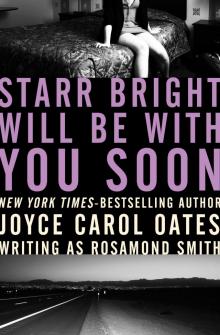 Starr Bright Will Be With You Soon
Starr Bright Will Be With You Soon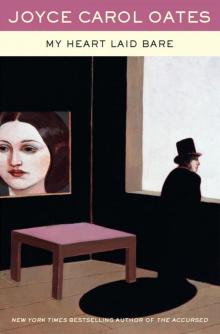 My Heart Laid Bare
My Heart Laid Bare A Fair Maiden
A Fair Maiden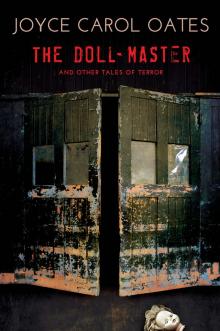 The Doll-Master and Other Tales of Terror
The Doll-Master and Other Tales of Terror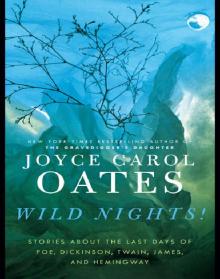 Wild Nights!: Stories About the Last Days of Poe, Dickinson, Twain, James, and Hemingway
Wild Nights!: Stories About the Last Days of Poe, Dickinson, Twain, James, and Hemingway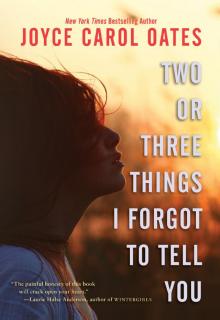 Two or Three Things I Forgot to Tell You
Two or Three Things I Forgot to Tell You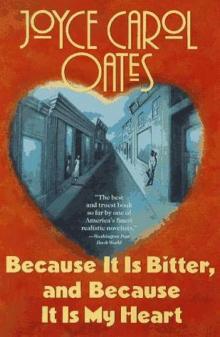 Because It Is Bitter, and Because It Is My Heart
Because It Is Bitter, and Because It Is My Heart Missing Mom: A Novel
Missing Mom: A Novel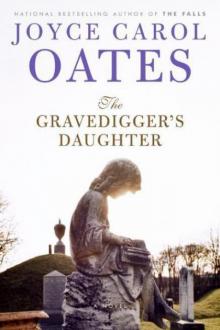 The Gravedigger's Daughter: A Novel
The Gravedigger's Daughter: A Novel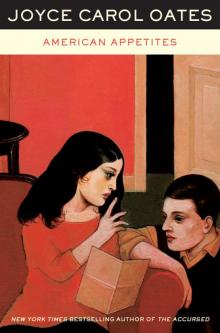 American Appetites
American Appetites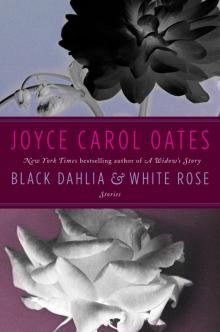 Black Dahlia White Rose: Stories
Black Dahlia White Rose: Stories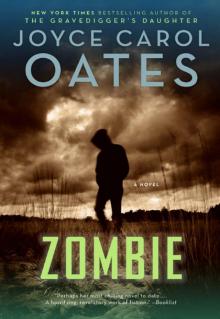 Zombie
Zombie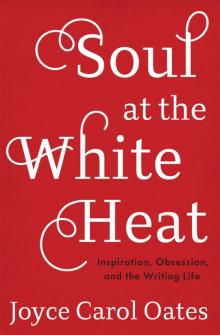 Soul at the White Heat: Inspiration, Obsession, and the Writing Life
Soul at the White Heat: Inspiration, Obsession, and the Writing Life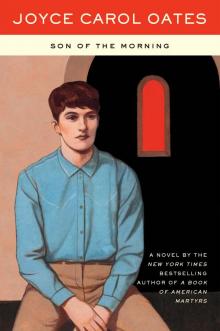 Son of the Morning
Son of the Morning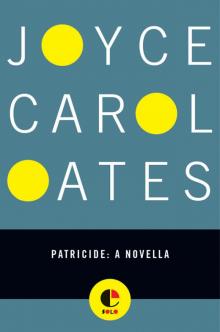 Patricide
Patricide Snake Eyes
Snake Eyes Wonderland
Wonderland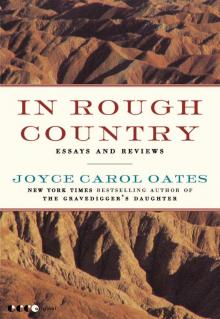 In Rough Country: Essays and Reviews
In Rough Country: Essays and Reviews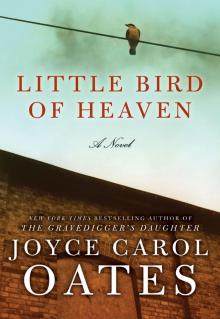 Little Bird of Heaven
Little Bird of Heaven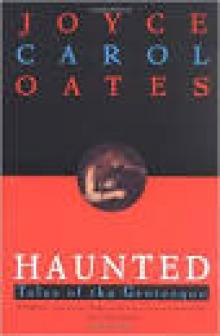 The Haunting
The Haunting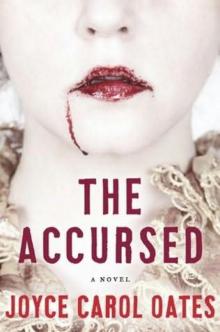 The Accursed
The Accursed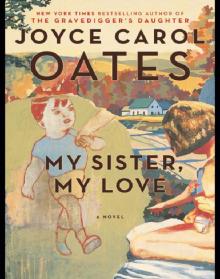 My Sister, My Love: The Intimate Story of Skyler Rampike
My Sister, My Love: The Intimate Story of Skyler Rampike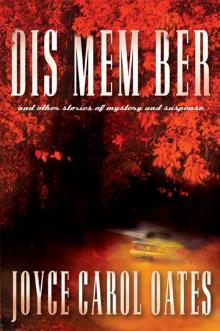 Dis Mem Ber and Other Stories of Mystery and Suspense
Dis Mem Ber and Other Stories of Mystery and Suspense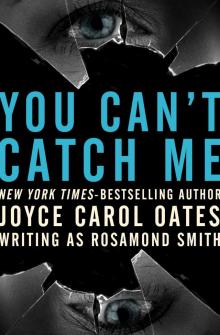 You Can't Catch Me
You Can't Catch Me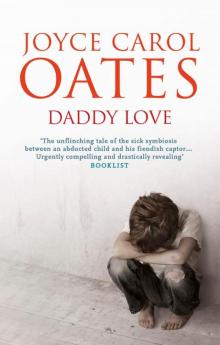 Daddy Love: A Novel
Daddy Love: A Novel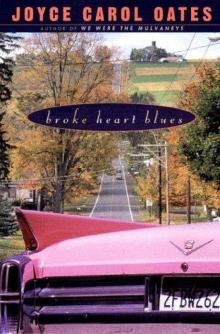 Broke Heart Blues
Broke Heart Blues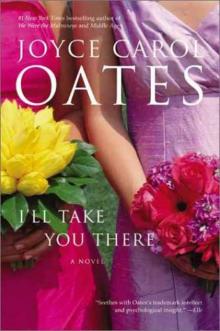 I'll Take You There
I'll Take You There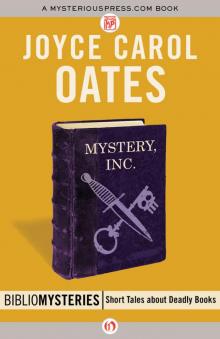 Mystery, Inc.
Mystery, Inc. We Were The Mulvaneys
We Were The Mulvaneys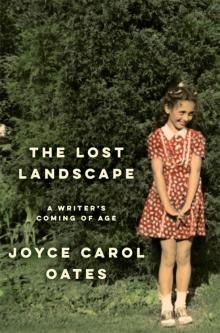 The Lost Landscape: A Writer's Coming of Age
The Lost Landscape: A Writer's Coming of Age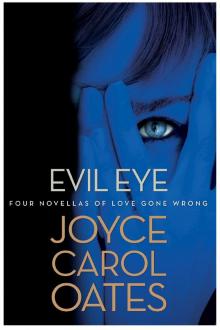 Evil Eye: Four Novellas of Love Gone Wrong
Evil Eye: Four Novellas of Love Gone Wrong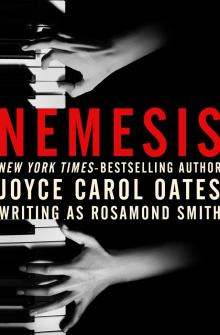 Nemesis
Nemesis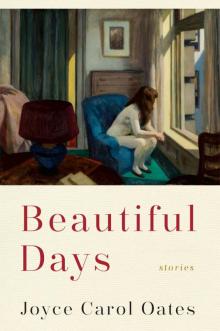 Beautiful Days: Stories
Beautiful Days: Stories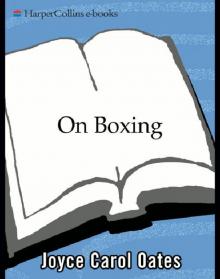 On Boxing
On Boxing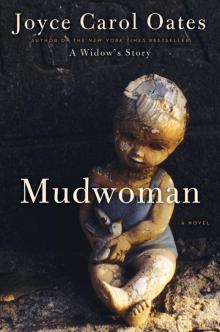 Mudwoman
Mudwoman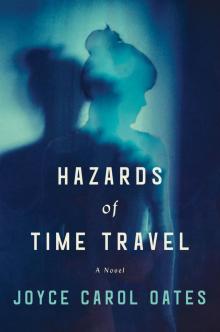 Hazards of Time Travel
Hazards of Time Travel Night-Gaunts and Other Tales of Suspense
Night-Gaunts and Other Tales of Suspense Mysteries of Winterthurn
Mysteries of Winterthurn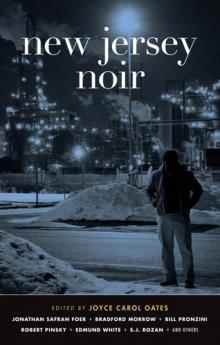 New Jersey Noir
New Jersey Noir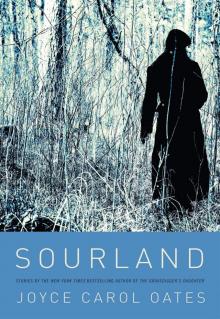 Sourland
Sourland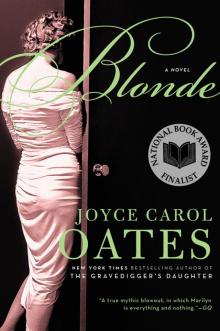 Blonde
Blonde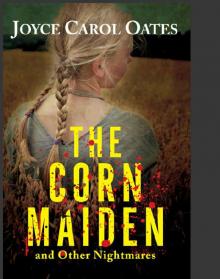 The Corn Maiden: And Other Nightmares
The Corn Maiden: And Other Nightmares The Oxford Book of American Short Stories
The Oxford Book of American Short Stories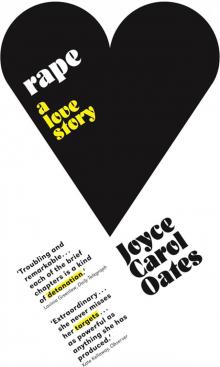 Rape: A Love Story
Rape: A Love Story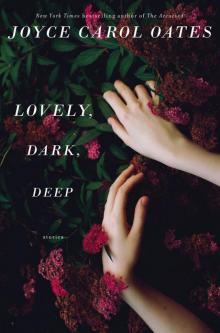 Lovely, Dark, Deep: Stories
Lovely, Dark, Deep: Stories After the Wreck, I Picked Myself Up, Spread My Wings, and Flew Away
After the Wreck, I Picked Myself Up, Spread My Wings, and Flew Away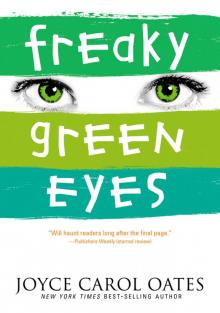 Freaky Green Eyes
Freaky Green Eyes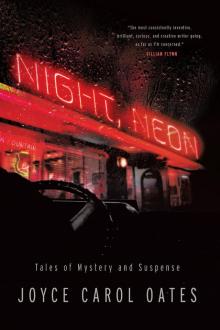 Night, Neon
Night, Neon I Am No One You Know: And Other Stories
I Am No One You Know: And Other Stories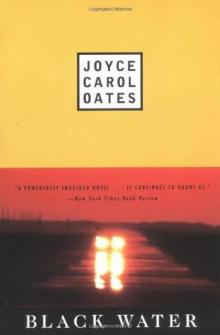 Black Water
Black Water Expensive People
Expensive People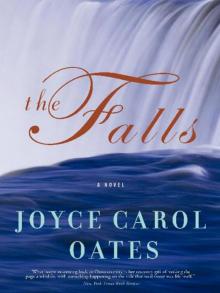 The Falls
The Falls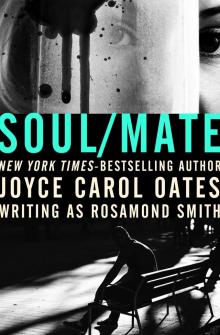 Soul/Mate
Soul/Mate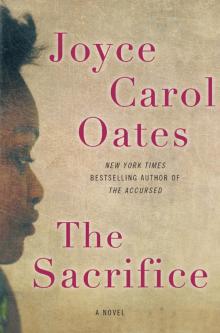 The Sacrifice
The Sacrifice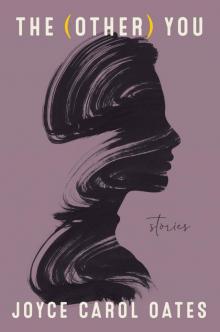 The (Other) You
The (Other) You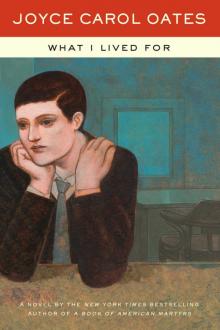 What I Lived For
What I Lived For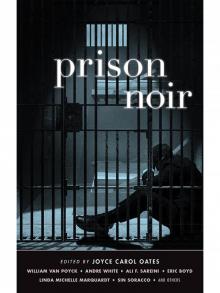 Prison Noir
Prison Noir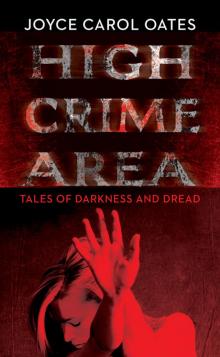 High Crime Area: Tales of Darkness and Dread
High Crime Area: Tales of Darkness and Dread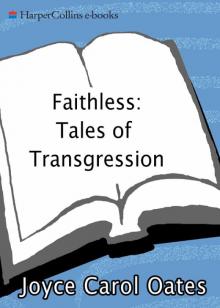 Faithless: Tales of Transgression
Faithless: Tales of Transgression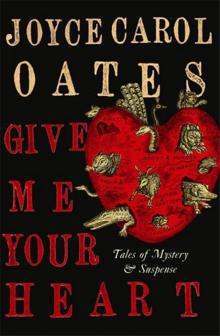 Give Me Your Heart: Tales of Mystery and Suspense
Give Me Your Heart: Tales of Mystery and Suspense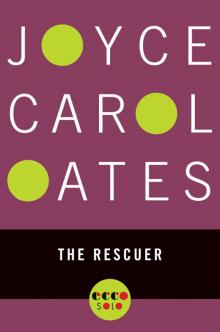 The Rescuer
The Rescuer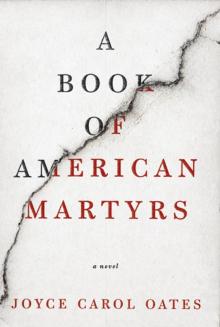 A Book of American Martyrs
A Book of American Martyrs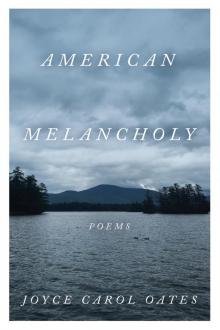 American Melancholy
American Melancholy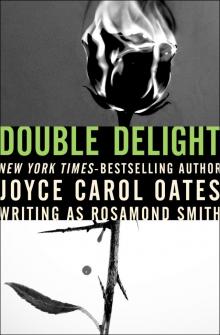 Double Delight
Double Delight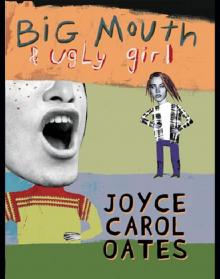 Big Mouth Ugly Girl
Big Mouth Ugly Girl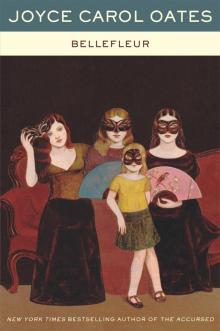 Bellefleur
Bellefleur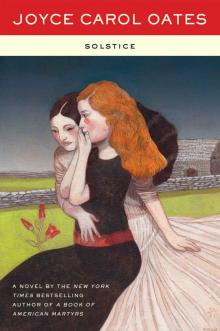 Solstice
Solstice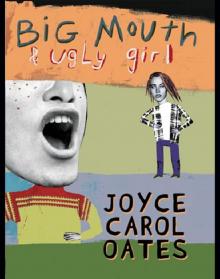 Big Mouth & Ugly Girl
Big Mouth & Ugly Girl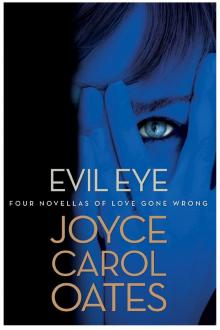 Evil Eye
Evil Eye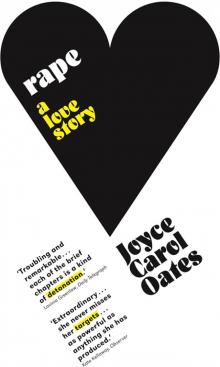 Rape
Rape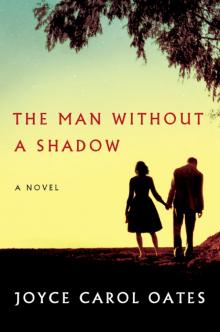 The Man Without a Shadow
The Man Without a Shadow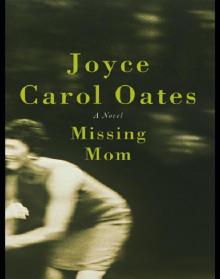 Missing Mom
Missing Mom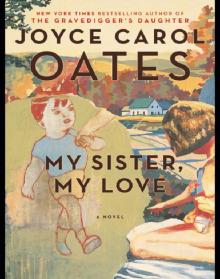 My Sister, My Love
My Sister, My Love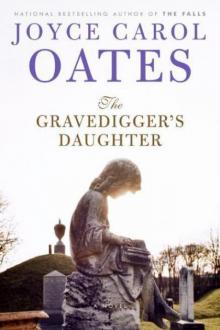 The Gravedigger's Daughter
The Gravedigger's Daughter Beautiful Days
Beautiful Days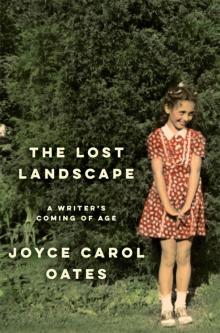 The Lost Landscape
The Lost Landscape Daddy Love
Daddy Love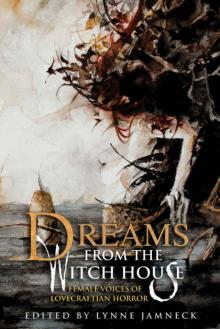 Dreams from the Witch House: Female Voices of Lovecraftian Horror
Dreams from the Witch House: Female Voices of Lovecraftian Horror The Tattooed Girl
The Tattooed Girl Give Me Your Heart
Give Me Your Heart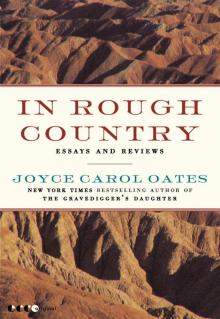 In Rough Country
In Rough Country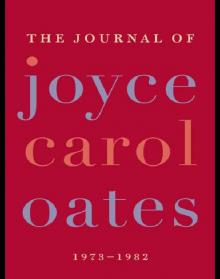 The Journal of Joyce Carol Oates
The Journal of Joyce Carol Oates Black Dahlia & White Rose: Stories
Black Dahlia & White Rose: Stories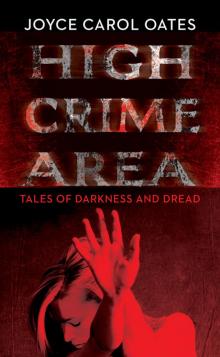 High Crime Area
High Crime Area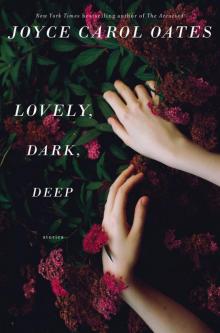 Lovely, Dark, Deep
Lovely, Dark, Deep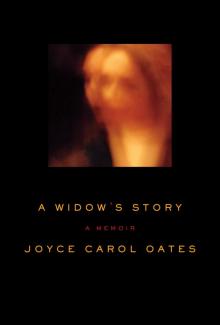 A Widow's Story
A Widow's Story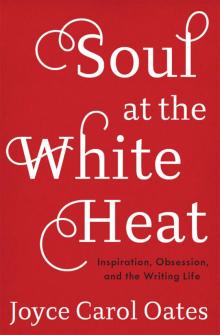 Soul at the White Heat
Soul at the White Heat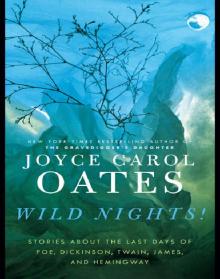 Wild Nights!
Wild Nights!